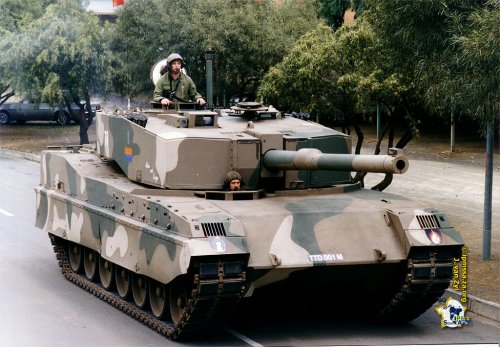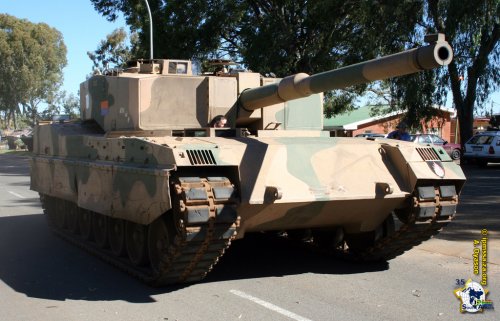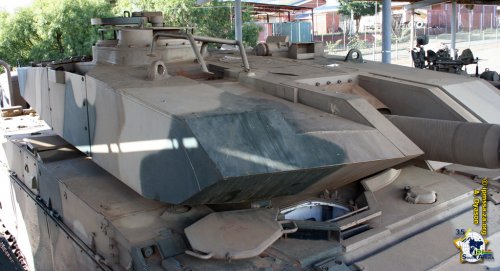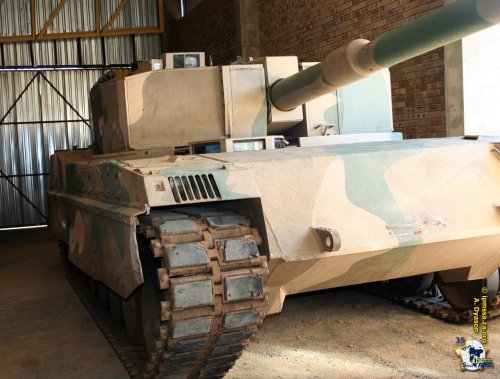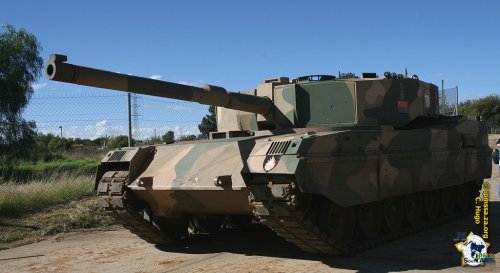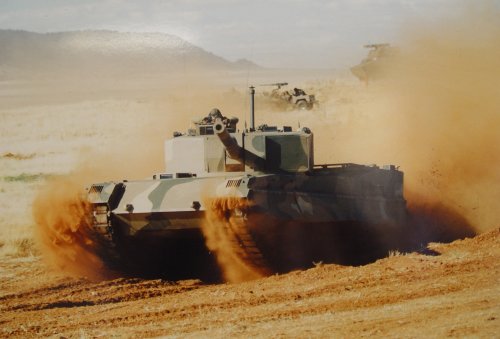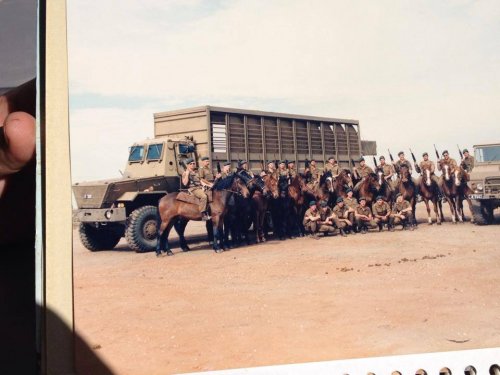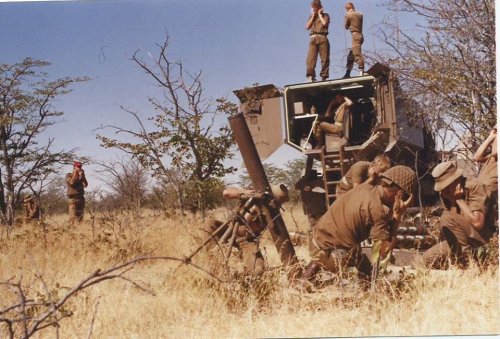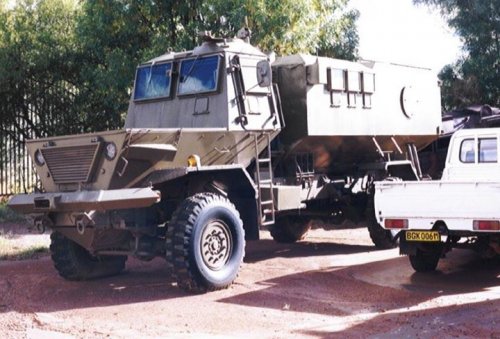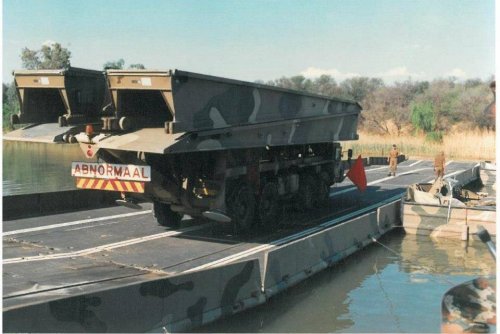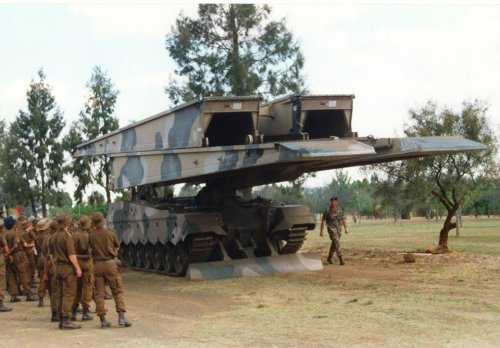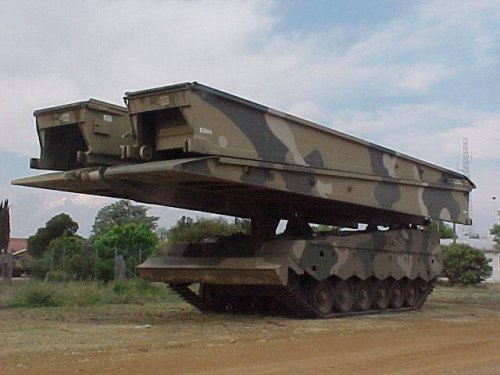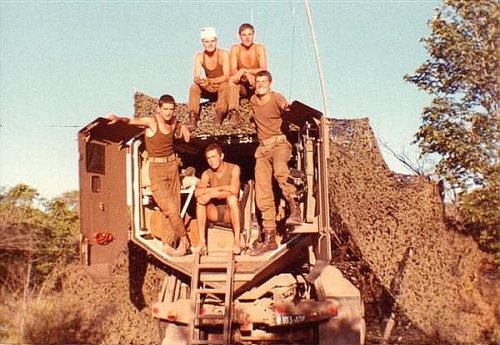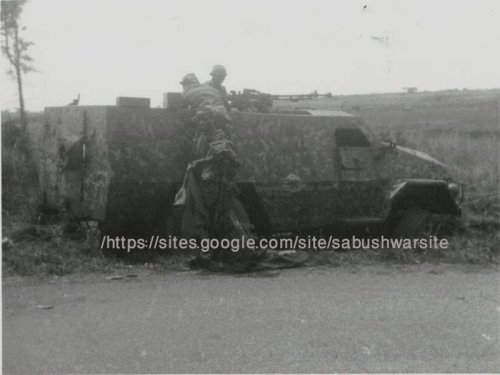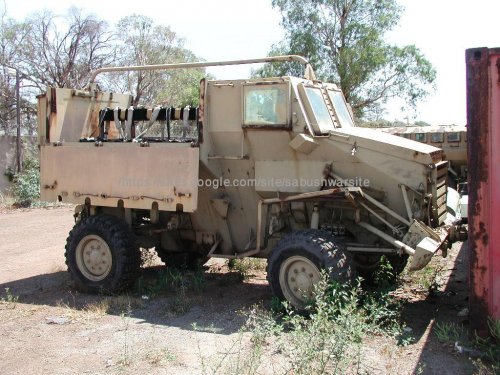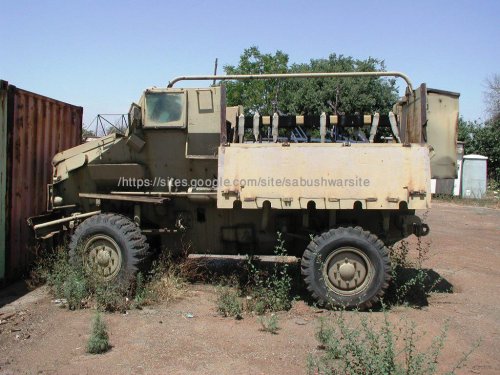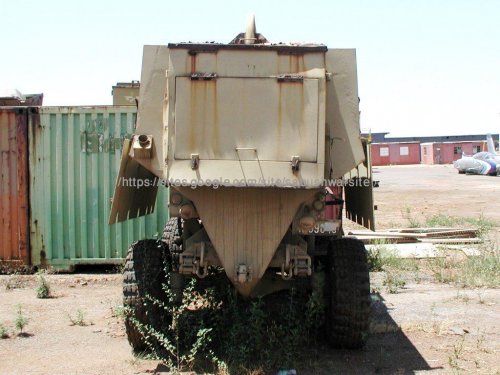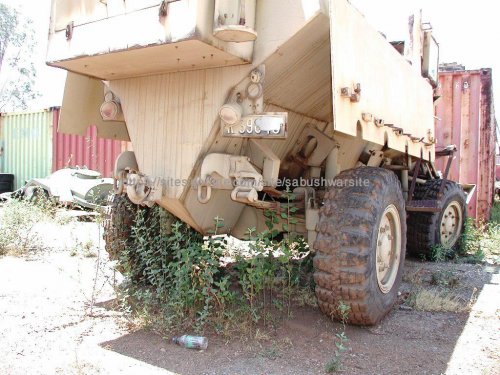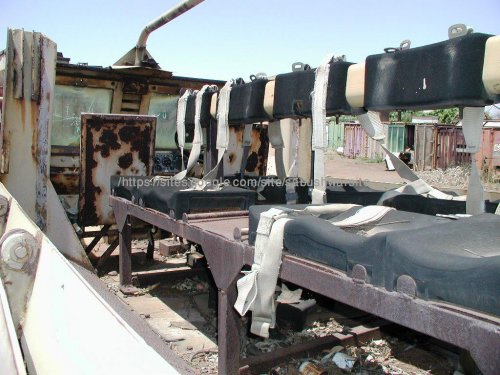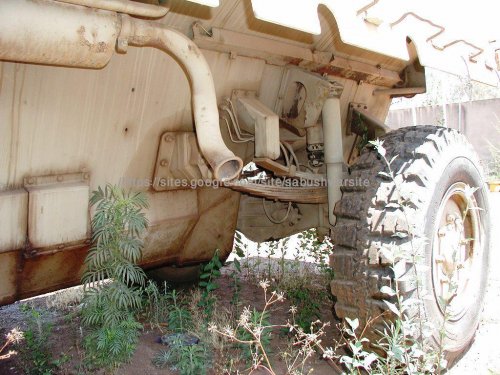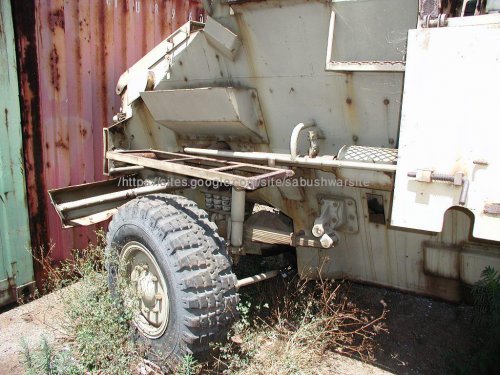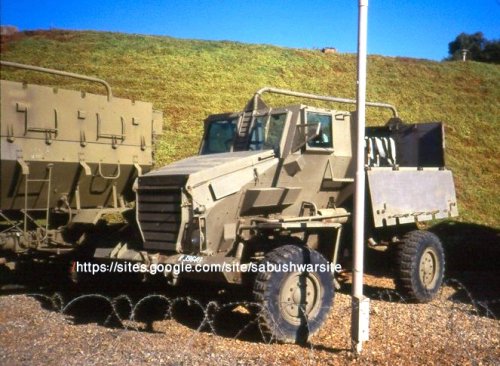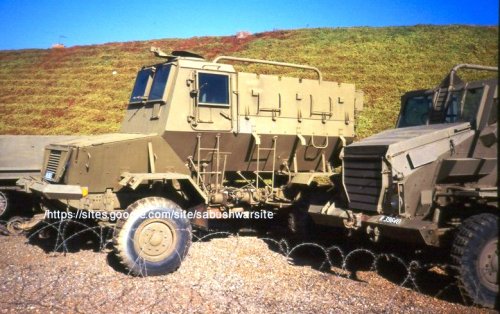Herman said:
If SA did indeed experiment with modifying the Centurions to diesel power in the late sixties, it would be interesting to know why they did not continue. Sanctions only came into being in November 1977, I believe. I think there was simply so little interest in tanks, in SA, in this period that they couldn't be bothered. It was the time of irregular warfare and guerilla actions and the conventional forces were greatly neglected. If there was any incling over what was to happen 10 years later, there would have been much greater investments in new artillery and the acquisition of new tanks (Leopard I or AMX 30), for instance, in my opinion.
1977 was the compulsory arms embargo
Voluntary arms embargo was in place from 1964, which the USA "adhered" to.
It's the reason why aircraft such as the C-130 (some of the last aircraft type purchased from the USA in 1963) were later complemented by the C-130 Transall instead of further C-130's, although there were ways around that too, with SAFAIR becoming the largest L-100 (civvy C-130) operator, and a de facto extra SA Airforce squadron.
As the article states, the Detroit diesel was imported using the ploy that it was to be used in harbour patrol boats and agricultural machinery, but this supply dried up when it became known to GM, leading to the project termination in 1970.
Trying to read between the lines, the article then states that the Continental as fitted to the M-46/47 Patton was "becoming available", leading to the second modernisation programme in 1973. It mentions the Continental AV1-1970-8 90 V12 (sic) of 810hp. I assume, looking at the timeline, that these came from (or via?) Israel, as that is the time they started re-engining their M-48's after the 1967 war?
The Israeli M-48's used a slightly different model engine, according to wiki, so who knows.
Either way, the fuel thirst primarily, meant that this was not a successful conversion.
Here is the second article from the now defunct VEG magazine.
Let me know if I should post the follow up articles, or whether that is permissable.

